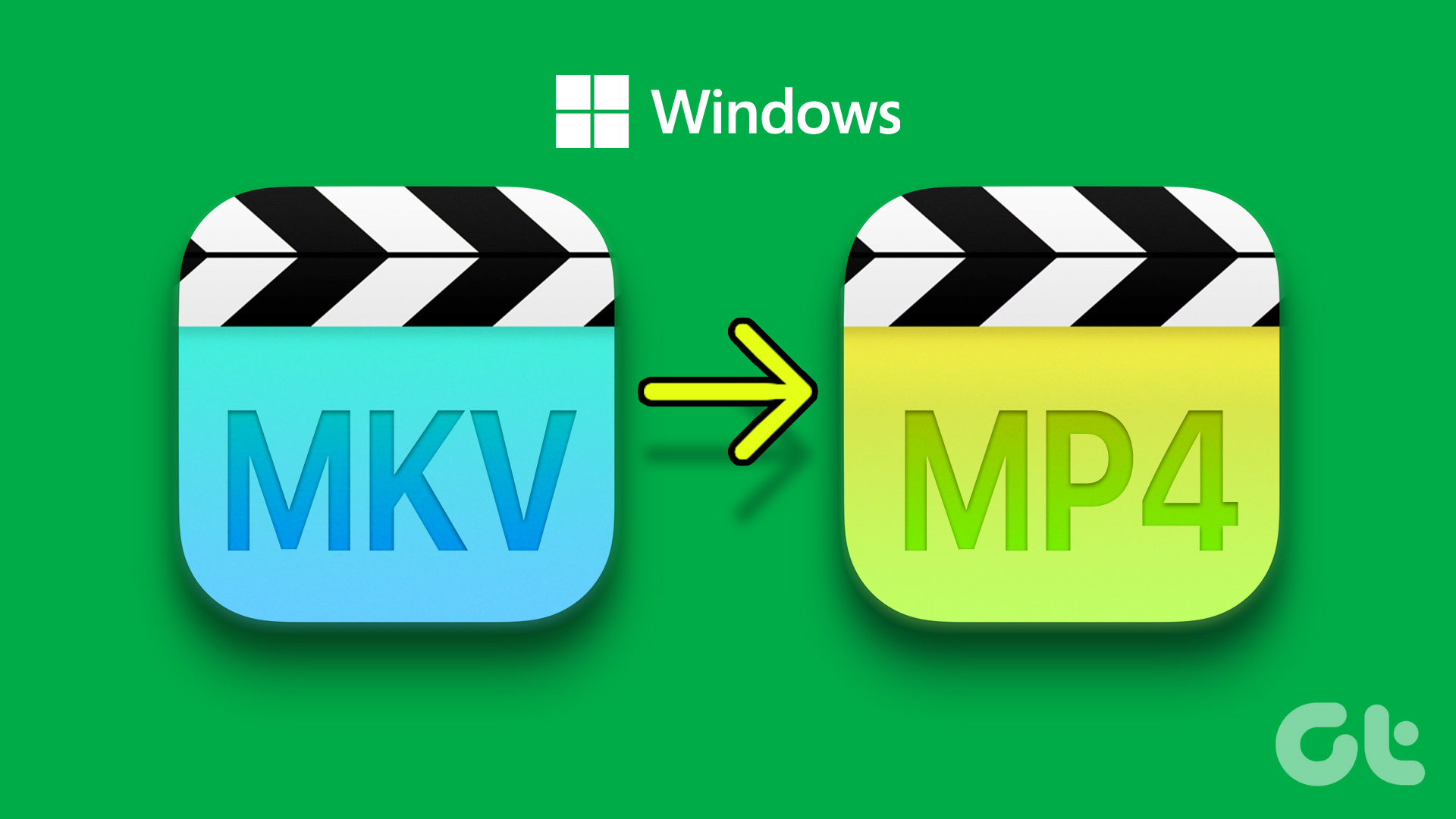The realm of mkv cinma has ushered in a transformative phase in the way we experience films. This digital format, known for its high-quality video compression, has become increasingly popular among film enthusiasts and creators alike. As the entertainment industry evolves, mkv cinma stands out as a pivotal element in the digital transformation, providing an accessible and versatile medium for both viewers and filmmakers.
In an era where streaming services dominate, mkv cinma offers a unique solution for high-definition video enthusiasts. Its ability to encapsulate multiple audio tracks, subtitles, and metadata within a single file makes it a favored choice for those who value customization and quality. This format is not only beneficial for personal use but also has significant implications for film distribution and preservation, making it a topic worth exploring in depth.
As we delve into the intricacies of mkv cinma, it becomes evident that its impact is far-reaching. From enhancing the viewing experience to influencing how films are archived and shared, this format represents a significant shift in the cinematic landscape. By understanding its features, benefits, and applications, we gain insight into how mkv cinma is shaping the future of the film industry, providing a glimpse into what lies ahead in this ever-evolving domain.
Read also:Unveiling The Life And Success Of Dylan Kingwell A Rising Star In Hollywood
Table of Contents
- What is mkv cinma?
- How Does mkv cinma Work?
- Benefits of mkv cinma
- Applications in the Film Industry
- mkv cinma vs Other Formats
- Impact on Film Distribution
- Preservation and Archiving
- Challenges and Limitations
- Future Trends
- How to Use mkv cinma?
- Tools and Software
- Common Misconceptions
- Frequently Asked Questions
- Conclusion
What is mkv cinma?
mkv cinma refers to the utilization of the Matroska multimedia container format in the film industry. Known for its open-source nature, mkv (Matroska Video) allows for the integration of different video, audio, and subtitle tracks within a single file. This flexibility has made it a popular choice for digital distribution and playback. Unlike other formats, mkv cinma supports a wide range of codecs and is compatible with various media players, making it ideal for diverse applications.
How Does mkv cinma Work?
The mkv cinma format operates by encapsulating various types of data streams into one file. This process involves compressing video and audio streams using codecs like H.264 or HEVC, then packaging them with subtitle and metadata information. The result is a versatile file that can store multiple audio tracks and subtitle languages, allowing for a customized viewing experience. This makes mkv cinma not just a format, but a comprehensive multimedia solution.
Benefits of mkv cinma
The advantages of mkv cinma are numerous and significant. Some key benefits include:
- High-quality video and audio compression without loss of fidelity.
- Support for multiple audio and subtitle tracks in one file.
- Compatibility with a broad range of devices and media players.
- Open-source nature, allowing for community-driven improvements and updates.
- Flexible metadata support, aiding in organization and retrieval.
Applications in the Film Industry
mkv cinma has found various applications within the film industry. It is widely used for digital distribution, allowing filmmakers to share high-quality content without the constraints of physical media. Furthermore, mkv cinma's ability to house multiple language tracks makes it a preferred choice for international releases. Its versatility also aids in film editing and post-production, providing a seamless workflow for professionals.
mkv cinma vs Other Formats
When comparing mkv cinma to other multimedia formats, several distinctions arise. Unlike MP4 or AVI, mkv files can store unlimited streams, offering superior flexibility. Additionally, its open-source nature contrasts with proprietary formats, providing more freedom for customization and innovation. While other formats may offer simplicity, mkv cinma excels in complexity and adaptability.
Impact on Film Distribution
The influence of mkv cinma on film distribution cannot be overstated. By enabling the transfer of high-quality video over the internet, mkv cinma has democratized access to films, allowing independent creators to reach global audiences. This has significantly reduced the barriers to entry in the film industry, fostering a more inclusive and diverse cinematic landscape. Moreover, mkv cinma's efficiency in file compression aids in cost-effective distribution.
Read also:Secrets Of Dogminer Unveiling The Intricacies Of Canine Exploration
Preservation and Archiving
The role of mkv cinma in film preservation and archiving is critical. Its support for metadata and multiple audio tracks ensures that films can be stored with contextual information intact. This is particularly important for historical films, where preservation of the original language and subtitles is essential. The open-source nature of mkv cinma also means that it can evolve with technology, safeguarding films against obsolescence.
Challenges and Limitations
Despite its many benefits, mkv cinma is not without challenges. Compatibility issues with certain devices and media players can pose obstacles. Additionally, the complexity of the format may require more sophisticated software tools for editing and playback. Another limitation is the potential for large file sizes, which can impact storage and bandwidth requirements. Addressing these challenges is crucial for the continued success of mkv cinma.
Future Trends
The future of mkv cinma appears promising, with advancements in codec technologies and increasing demand for high-quality digital content. As streaming platforms continue to grow, the need for efficient and adaptable formats like mkv cinma will likely increase. Innovations in virtual reality and augmented reality may also spur new applications, further cementing mkv cinma's role in the evolving media landscape.
How to Use mkv cinma?
Using mkv cinma effectively involves understanding the tools and software available for creating and playing mkv files. Users can convert videos to the mkv format using conversion software, while media players like VLC support mkv playback. For advanced users, editing tools enable the customization of audio and subtitle tracks, enhancing the viewing experience.
Tools and Software
Several tools and software options are available for working with mkv cinma:
- VLC Media Player: A popular choice for playing mkv files.
- HandBrake: An open-source video transcoder for converting to mkv format.
- MKVToolNix: A comprehensive set of tools for creating and editing mkv files.
- MediaInfo: A tool for viewing technical information about mkv files.
Common Misconceptions
There are several misconceptions about mkv cinma that deserve clarification:
- mkv files are not inherently larger than other formats; size depends on the content.
- Not all media players support mkv playback, but many do with the right codecs.
- mkv is not a video codec; it is a container format that supports multiple codecs.
Frequently Asked Questions
Here are some common questions about mkv cinma:
What is the difference between mkv and mp4?
mkv is a more versatile container format that supports unlimited audio, video, and subtitle tracks. MP4 is more widely supported but offers less flexibility.
Can mkv files be played on all devices?
Not all devices natively support mkv playback, but many do with the right media player or codec installation.
Are mkv files larger than other formats?
File size depends on the codecs and settings used. mkv files can be similar in size to other formats if encoded appropriately.
How can I convert videos to mkv format?
Conversion software like HandBrake can be used to convert videos to the mkv format efficiently.
Is mkv suitable for streaming?
Yes, mkv's high efficiency and support for multiple tracks make it suitable for streaming, especially for high-quality content.
What are the benefits of using mkv for film preservation?
mkv supports metadata and multiple audio tracks, making it ideal for preserving the original context of films.
Conclusion
mkv cinma represents a significant advancement in digital filmmaking and distribution. Its versatility, quality, and open-source nature provide numerous benefits to both creators and consumers. As the industry continues to evolve, mkv cinma is poised to play a crucial role in shaping the future of cinema, offering new possibilities for innovation and creativity. By understanding and embracing this format, we can look forward to a richer and more diverse cinematic experience.

